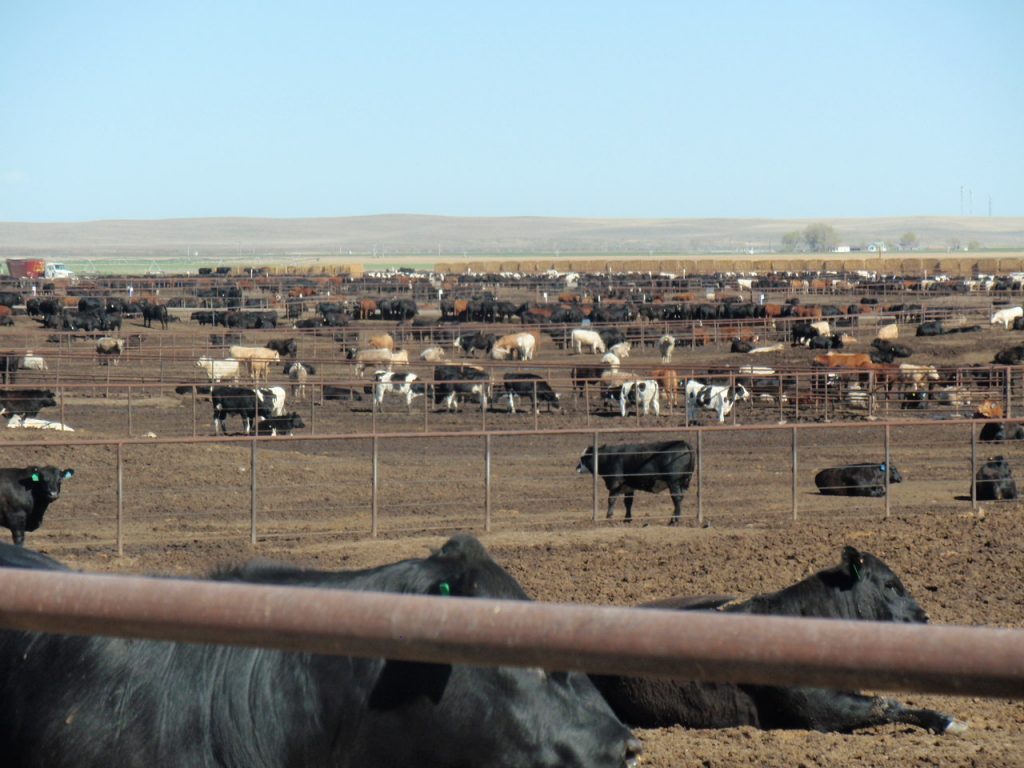New research by a team at the University of Washington evaluates the environmental costs of our food choices, specifically livestock, farmed seafood, and wild-caught fish.
The study, which will be published in Frontiers in Ecology and the Environment is believed to be “most comprehensive look at the environmental impacts of different types of animal protein production,” according to this Futurity story.
In a short video, the UW team explains their key finding: industrial beef production and catfish aquaculture have the largest environmental impact. They reached this conclusion over nearly a decade of analysis and extensive literature review. Four metrics were used to compare environmental impacts: energy use, greenhouse gas emissions, excess nutrient production (i.e. fertilizers), and contribution to acid rain. They calculated the amount of each of these measurements produced for each 40-gram serving of protein.
While there were “striking differences across animal proteins” in terms of the environmental metrics, some “clear winners” did emerge, including farmed shellfish, and wild fisheries for small fish such as sardines, mackerel and herring. But, specific impacts varied extensively. For example, livestock production uses less energy than seafood aquaculture, but also produces more nutrient by-products.
This study could help consumers make more environmentally-conscious choices at the grocery store, although we at Hygeia have to point out that the research team did not take into account ecological impacts. For example, the small schooling fish (i.e. sardines and herring) they determine are the more environmentally sound protein choice play a critical role in the ocean food web, and many marine experts warn that excessive harvest of these “forage fish” could lead to dramatic changes in ocean ecosystems.
Just one more example of how difficult it is to make the “right” choices when it comes to food!
Source:
Michele Ma-Washington, “These meat and fish choices hurt the environment most,” Futurity, June 11, 2018.

